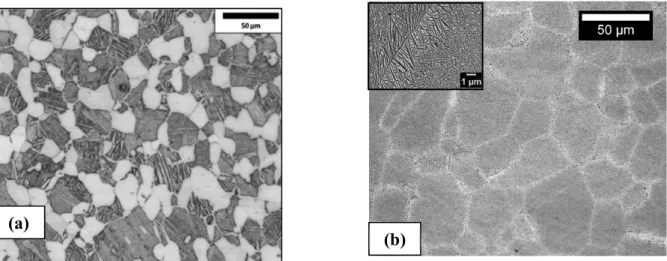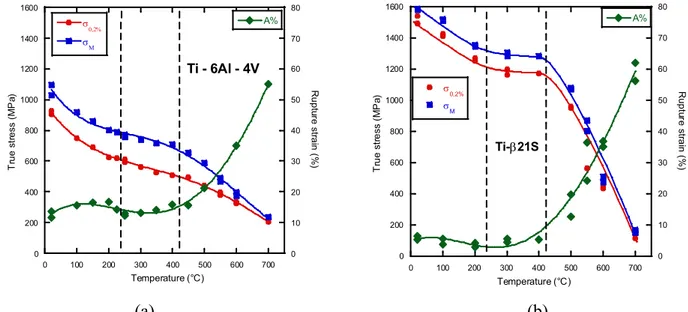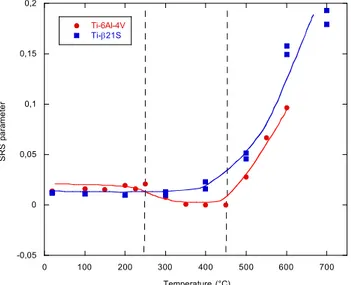Low Temperature Strain Rate Sensitivity of Titanium Alloys
Texte intégral
Figure



Documents relatifs
Pour l’ann´ee 1991-1992 Bruno Torr´esani et Philippe Tchamitchian organis`erent au CPT `a Marseille une seconde « Ann´ee Ondelettes » qui donna lieu `a plusieurs manifestations :
+M2+ Captured at t–1 and t, moved to another lek between t–1 and t, and recipient lek located within the distance class 2.. M3o Not captured at t, moved to another lek between t –
Nitrate salts including Solar Salt have several advantages: (i) they are in liquid state at atmospheric pressure (and high temperature), which facilitates their use in CSP plants as
Figure 27.1.5: (a) Measured waveforms of the voltages within the thermal har- vesting circuit during startup from a 50mV input voltage (b) Measured electri- cal power obtained at
The small equilibrium condensate fractions are understood to arise from the very small repulsive interac- tion energy among the condensate atoms and the low
Indeed, the dissipation energy per cycle and the martensitic transformation yield stress decrease, and the residual strain accumulates progressively during the
Abstract.- Magnetization measurements of dilute PdCo alloys show that as the concentration of Co impurities is reduced, the ordering changes from ferromagnetic character to single
Subsequently, Miedema showed that both elec- tronic specific heats and superconducting transi- tion temperatures of transition metal alloys could be predicted in terms of